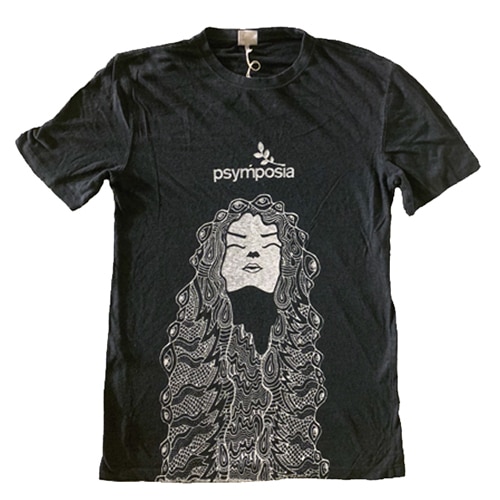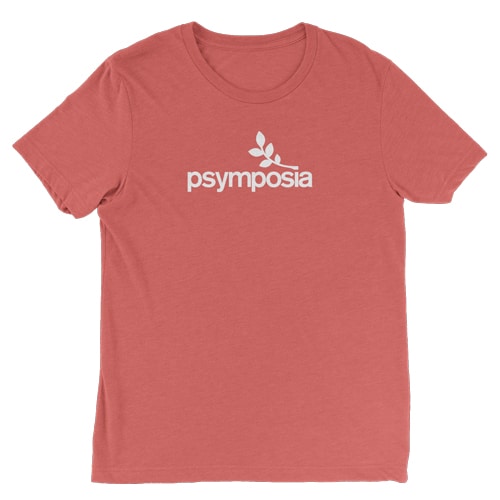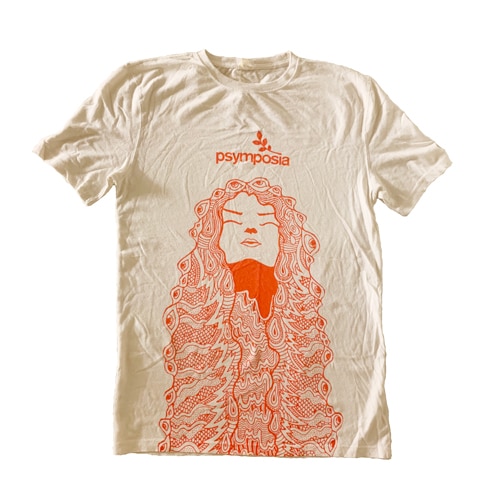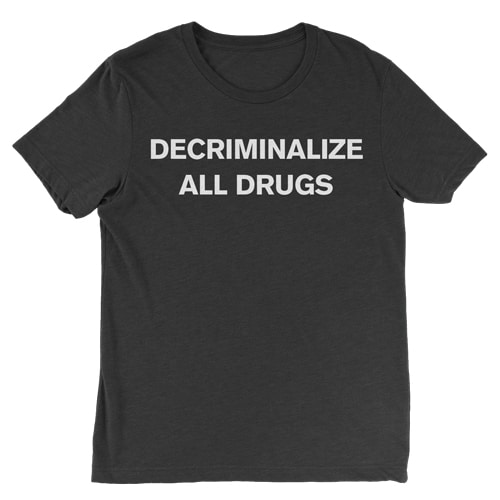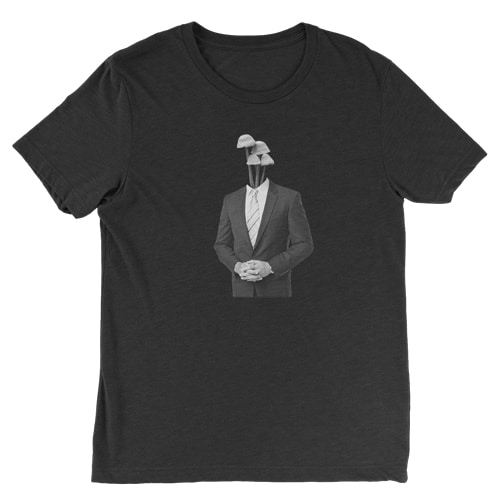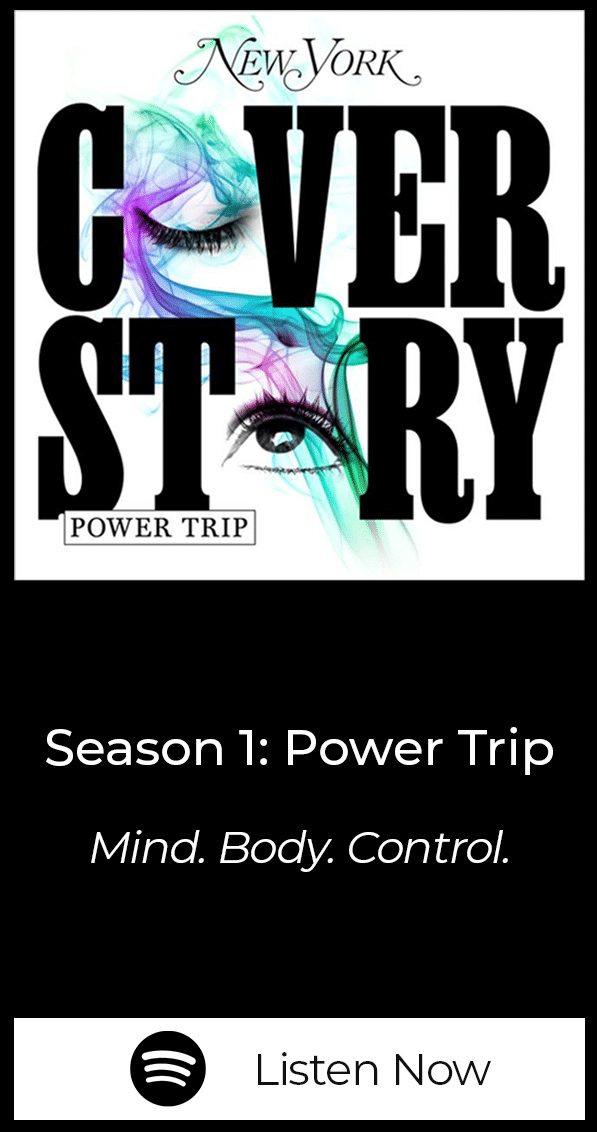The Youth Movement To End The War On Drugs
Most of the information the “D.A.R.E. generation” was taught in school was sensationalized, exaggerated, or simply factually incorrect (typically all three).
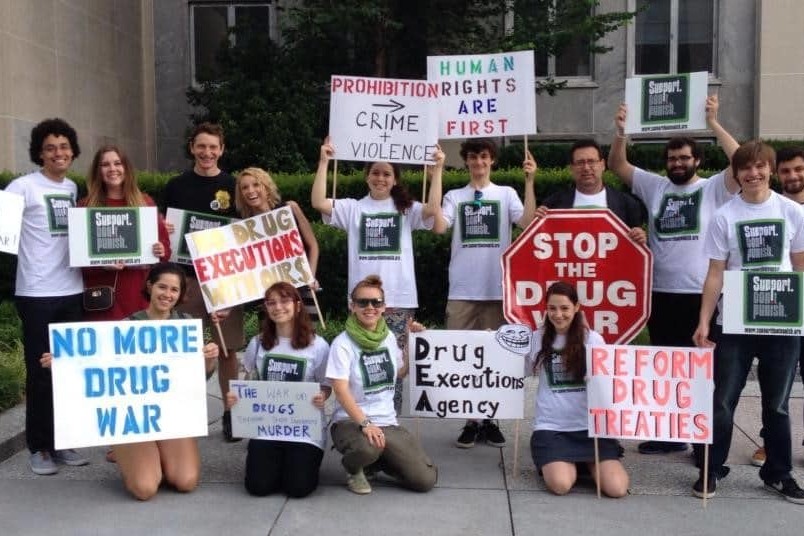
Psymposia is a 501(c)(3) nonprofit research and media organization that offers critical perspectives on drugs, politics, and culture. We rely on contributions from our readers and listeners. Your support is vital to sustaining Psymposia.
Support Psymposia’s independent journalism on Patreon and help us drive the Mystery Machine! We’re a bunch of meddling kids who are unmasking the latest shenanigans on the psychedelics beat.
Nearly 18 years ago, students from five colleges and universities founded what would go on to become Students for Sensible Drug Policy. What started out as a small group of college students concerned about changes to the Higher Education Act (which denied access to financial aid for those convicted of drug-related crimes, including simple possession) and the disastrous war on drugs has evolved into the largest, grassroots, student-led network of activists and advocates in the world who are pushing for an end to global drug prohibition.
As has been the case with many other impactful social movements in our society’s history, the movement to end the drug war has a strong youth component and will, very likely, only be realized once these youth ascend to positions of power, both as a majority of the electorate and as decision makers.
One revolutionary aspect of the student movement to end the drug war is the emphasis on peer education and peer awareness. Millennials, people born between approximately 1982 and 2001, are often referred to as the “D.A.R.E. generation” because they grew up when “Just Say No” emerged as the dominant force in youth drug education and youth drug prevention. As a result, most of the information millennial youth were taught in school and during after-school programs was sensationalized, exaggerated, or simply factually incorrect (typically all three).
In addition to the drug education and information being inaccurate, it was also coming from a perspective that an abstinence-only approach was the ideal solution for youth drug prevention. This is problematic, as abstinence-only education simply does not work. In its wake, youth are left without proper education and accurate information that they might otherwise use to equip themselves to make responsible, informed decisions regarding drugs, sex, or any other elements of life that are too often pushed into the “abstinence-only” zone by educators and parents. I am certain that most people reading this article can think of specific examples of misinformation concerning drugs or sex that they received from peers as they attempted to seek out answers. Getting “bad” answers from educators and parents leads to a breakdown in trust between youth and adults.
As a personal example: My classmates and I were told by a D.A.R.E. officer in 5th grade that if we ever tried marijuana, we would become addicted to it, and it would lead to a gateway effect that would cause us to try other substances and eventually become addicted to those as well. Years later, when I decided to try marijuana with friends, neither of those things happened. This is a story that mirrors the experiences of many millennials. The problem is that once a young person realizes that what they were taught about drugs is simply untrue, they tend to throw out everything else they were taught on the subject as well, even if it was correct.
Due to the continuation of this abstinence-only approach, peer interactions have become the primary means through which young people learn factual information about drugs. Peer education and cultivation of peer awareness have become a replacement for, and in many respects a safeguard against, the misinformation given in school.
When it comes to psychedelic substances, this problem is further compounded in a couple of different ways.
First, psychedelics are rarely discussed in youth drug education at all. And when they are discussed, the focus of the discussion almost always concerns how dangerous they are (this is usually exaggerated, incorrect, or both). I can remember being taught in high school that taking “ecstasy” would cause permanent brain damage, holes in brain tissue, and that each use was equivalent to “taking an ice cream scoop out of your brain.”
This portrayal of all psychedelic substances as being inherently dangerous makes them more taboo than other substances that youth may experiment with such as marijuana and alcohol. This dangerous taboo drives psychedelic substances further “underground” and makes it more likely that inexperienced or first-time psychedelic users will be unaware of concepts like “set and setting,” increasing the likelihood that they might have an uncomfortable or even dangerous experience.
Second, the history of psychedelic use as a medicine and as a spiritual guide is never mentioned in conventional youth drug education. This is not to suggest that youth should be encouraged to engage in the use of psychedelic substances for medical purposes or to seek profound spiritual experiences. But a failure to discuss this aspect feeds into the cycle of misinformation. When youth are exposed to the wealth of information about the ancient and modern medicinal/spiritual use of these substances, they realize that they were misinformed and may be willing to disregard any useful and accurate information about psychedelics that they may have learned in school.
SSDP and its members neither condone nor condemn the use of psychedelics. Rather, we envision a world where people are given accurate information about these substances so that they can make informed decisions if they decide to use them. The student movement to end the war on drugs is growing, and the youth response, focused on spreading awareness and factual information, is critical for psychedelics. This is because these substances still exist in a space of stigmatization and misunderstanding among much of the larger public that many other substances do not. SSDP’s members educate their peers about psychedelic substances and provide models of harm reduction, education, and human interaction, which should be adopted by all advocates of psychedelic medicine and psychedelic exploration.
Hey! Before you go… Psymposia is a 501(c)(3) non-profit media organization that offers critical perspectives on drugs, politics, and culture. We strive to ask challenging questions, and we’re committed to independent reporting, critical analysis, and holding those who wield power accountable.
Our perspectives are informed by critical analysis of the systemic crises of capitalism that have directly contributed to the unmitigated growth of addiction, depression, suicide, and the unraveling of our social relations. The same economic elite and powerful corporate interests who have profited from causing these problems are now proposing “solutions”—solutions which both line their pockets and mask the necessity of structural change.
In order for us to keep unpacking these issues and informing our audience, we need your continuing support. You can sustain Psymposia by becoming a supporter for as little as $2 a month.
